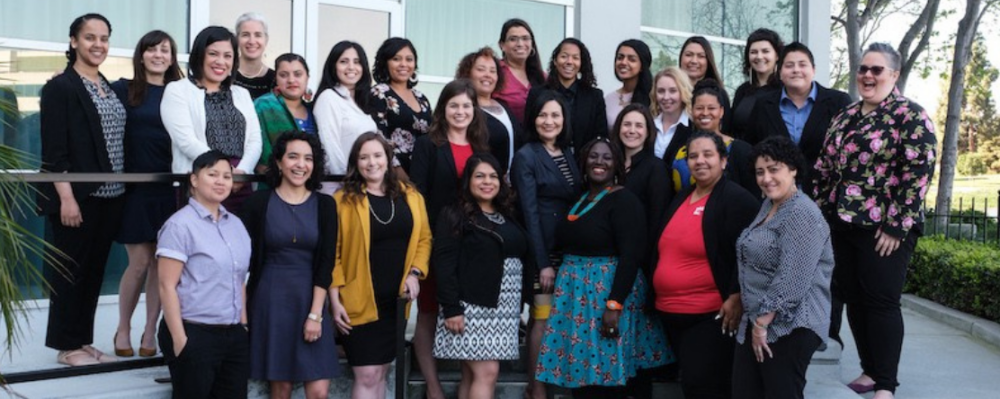
In the News
New Report Says California Cannabis Regulations Don’t Protect Kids
- Politico
-
Focus Areas
Alcohol, Tobacco, Drugs & Mental Health -
Expertise
Health Education & Promotion, Public Policy Development -
Programs
Lynn Silver, Researcher
California’s regulations don’t do enough to make cannabis products less attractive to teens or to discourage them from use, according to a study by PHI researchers published in the Journal of the American Medical Association Network Open.
The PHI study compared cannabis regulations in California to regulations the state has put in place to prevent youth tobacco use. The researchers found that many of the tactics undertaken to discourage kids from smoking were not applied to the cannabis industry, concluding that local regulations throughout the state are not doing enough to make cannabis less attractive to teens.
“If we’re not more careful in how we regulate legal marijuana, we will have a new tobacco-like industry hooking and harming kids with flavored products, ultra-potent pot and aggressive marketing for generations.” Dr. Lynn Silver, senior adviser at PHI and lead author of the JAMA Network Open study.
Click below to read the full story (subscription required).
Originally published by Politico
More Updates
Work With Us
You change the world. We do the rest. Explore fiscal sponsorship at PHI.
Support Us
Together, we can accelerate our response to public health’s most critical issues.
Find Employment
Begin your career at the Public Health Institute.



